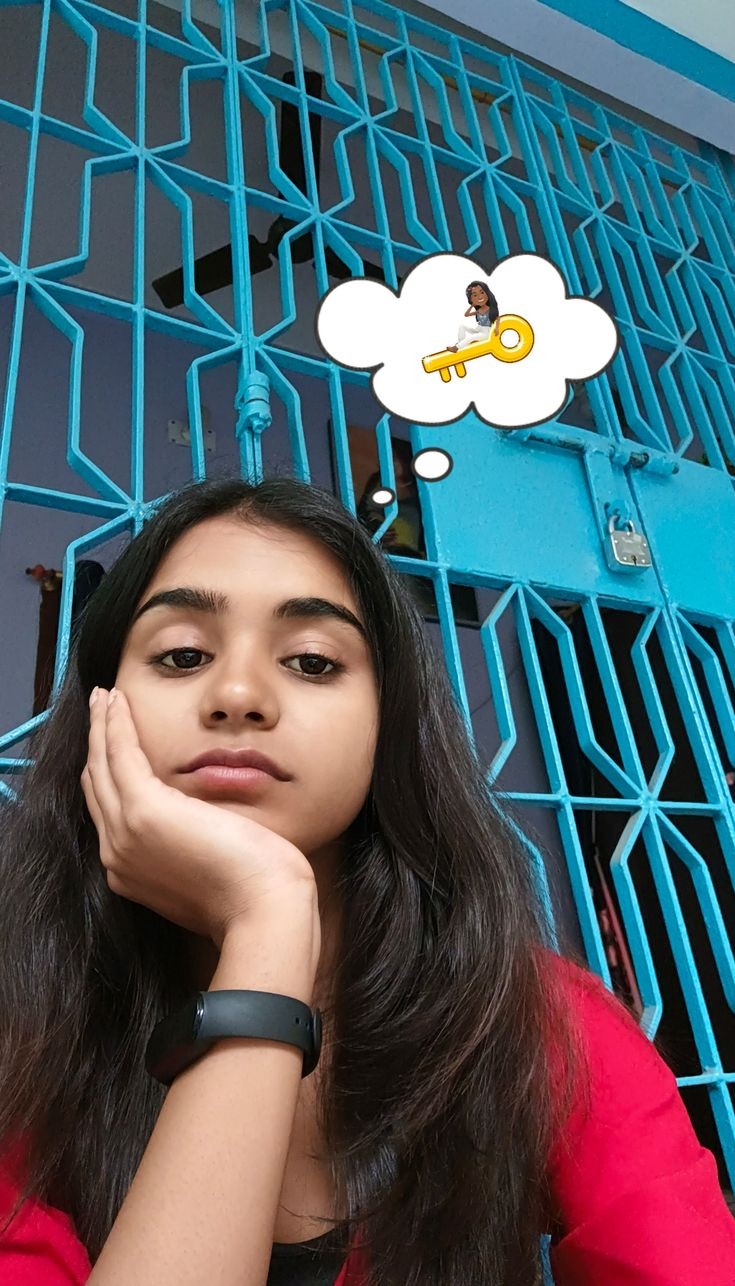Are you curious about the evolving landscape of digital content and the impact of online platforms on various forms of media? The digital sphere has become a multifaceted arena, where content, consumption, and creation converge in ways previously unimaginable, sparking debates and discussions about the nature of information and its dissemination.
The online realm has witnessed a surge in diverse content, from mainstream media to niche communities. One can observe a complex interplay between various factors, including user-generated content, the rise of social media, and the accessibility of information. The dynamic nature of this environment has led to a constant evolution in content formats and the way audiences engage with them. There's a growing fascination with the 'Desi' content and its various subgenres, reflecting broader trends in media consumption. However, alongside the growth of this type of content, it's important to address the ethical and legal considerations that arise, particularly those related to privacy, consent, and the potential for misuse.
The term MMS often brings forth discussions about mobile multimedia messaging, and within certain digital communities, it has evolved to include a specific type of content. The term is used to categorize and identify a range of digital media shared via messaging platforms. This term reflects the ever-changing digital content landscape.
The intersection of Desi content and various media platforms raises interesting questions regarding cultural representation, freedom of expression, and the responsibilities of content creators and consumers. Desi content, which generally refers to content originating from or related to South Asian cultures, spans a broad spectrum, including entertainment, lifestyle, and community-focused media. Understanding the nuances of this content requires considering its cultural context and the values it upholds. In some instances, this content can serve as a platform for cultural expression and community building, but it can also involve difficult issues like cultural appropriation and harmful stereotypes. The exploration of this content requires a critical approach that acknowledges both its potential benefits and potential drawbacks.
The accessibility of content across various platforms, including social media, messaging apps, and dedicated websites, has resulted in a new era of media consumption. This change has empowered individuals to become creators, distributors, and consumers of content. These platforms have, in many ways, democratized content creation and allowed niche interests to flourish. Despite the opportunities, the ease of access also presents challenges. Ensuring that content is ethically produced and consumed, while respecting individual rights and adhering to legal standards, remains a priority.
The proliferation of this content and its accessibility on platforms like X, TikTok, and Instagram has created a need for informed discussion and responsible content management. User-generated content platforms often have a delicate balance, as they attempt to support free speech while also preventing the spread of harmful or illegal material. Platforms use a mix of algorithms, community guidelines, and human moderation to manage content. The challenges of managing content are complex, especially when considering the diversity of languages, cultures, and perspectives found online. Ensuring ethical and legal adherence in this evolving digital environment is critical.
The influence of social media and streaming services on the distribution of video content cannot be overstated. These platforms have reshaped how viewers find and consume content, influencing production and distribution strategies. The growth of streaming has changed the media landscape, allowing niche content to get larger audiences. The global nature of these platforms further adds layers of complexity, raising concerns about cultural sensitivities, copyright, and regulation.
The term Desi MMS appears in various contexts. This illustrates how content categorization and language evolve in the digital age. It is important to know how digital terminology is used. By analyzing and understanding the diverse terminology used, we can better address the complexities of the online world.
The rise of streaming services, such as those offered by companies like Netflix and Amazon Prime, has significantly impacted media consumption habits. These platforms provide audiences with instant access to a massive library of content, leading to a decrease in the dominance of traditional television and cinema. Streaming services have also driven the creation of original content, catering to a global audience, and this, in turn, impacts the way audiences experience entertainment.
Yo Yo Honey Singh, a prominent figure in the Indian music industry, has contributed significantly to the evolution of contemporary music. His work, including tracks like Chaar Botal Vodka from the film Ragini MMS 2 and other tracks, demonstrates his unique style and influence on the industry. Yo Yo Honey Singh's work not only illustrates the impact of the Desi music scene but also showcases the fusion of genres and the cultural exchange that defines this generation of artists.
The Ragini MMS franchise, with its spoof videos and related content, highlights the trend of content remixes and parody in the entertainment industry. The parodies and spoofs provide a means of commenting on popular culture and offering alternative takes on mainstream media. The creative reuse of existing content reflects the audience's desire for different forms of expression.
The use of platforms like Telegram for content sharing is another aspect of the digital world. These platforms provide avenues for individuals and communities to share content, fostering communication and collaboration, though they also present challenges concerning moderation and the distribution of illicit material. The interplay between these platforms and traditional media highlights the constantly evolving nature of online content and the need for responsible practices.
Navigating the digital sphere requires an informed approach. Users are encouraged to be aware of content's origins, understand its potential implications, and uphold ethical standards. Staying aware of the evolving digital environment is important for anyone interested in media, technology, and culture.
The online landscape has become a central place for cultural expression, information exchange, and entertainment consumption. The discussion surrounding Desi MMS underscores the dynamic nature of content creation, distribution, and consumption in the digital age. It is vital to engage with these topics critically, ethically, and responsibly. The challenges and opportunities of digital media are complex, but a thoughtful approach is necessary for navigating this constantly changing environment.
To illustrate the impact of online content and its categorization, and to highlight the influence of creators and the diverse audience, here's a sample table representing a fictional content creator, demonstrating the information that can be relevant to understanding the digital environment and the context of online content:
| Category | Details |
|---|---|
| Name | Fictional Content Creator: Anya Sharma |
| Birthplace | Mumbai, India |
| Occupation | Content Creator, Social Media Influencer |
| Content Focus | Lifestyle, Fashion, Travel, and some content related to Desi Culture |
| Notable Platforms | Instagram, YouTube, TikTok |
| Follower Count | (Hypothetical: 1.2 Million across platforms) |
| Engagement Rate | (Hypothetical: 4-7% average engagement per post) |
| Brand Partnerships | Collaborations with fashion brands, travel agencies, and beauty companies. |
| Content Style | Vlogs, tutorials, product reviews, and travel diaries. |
| Ethical Considerations | Transparency in sponsored content, respect for cultural sensitivity in content creation, and adherence to platform guidelines. |
| Reference Website (Example) | Forbes - Top Social Media Influencers |



